10 Best Herbal Creams For Osteoarthritis
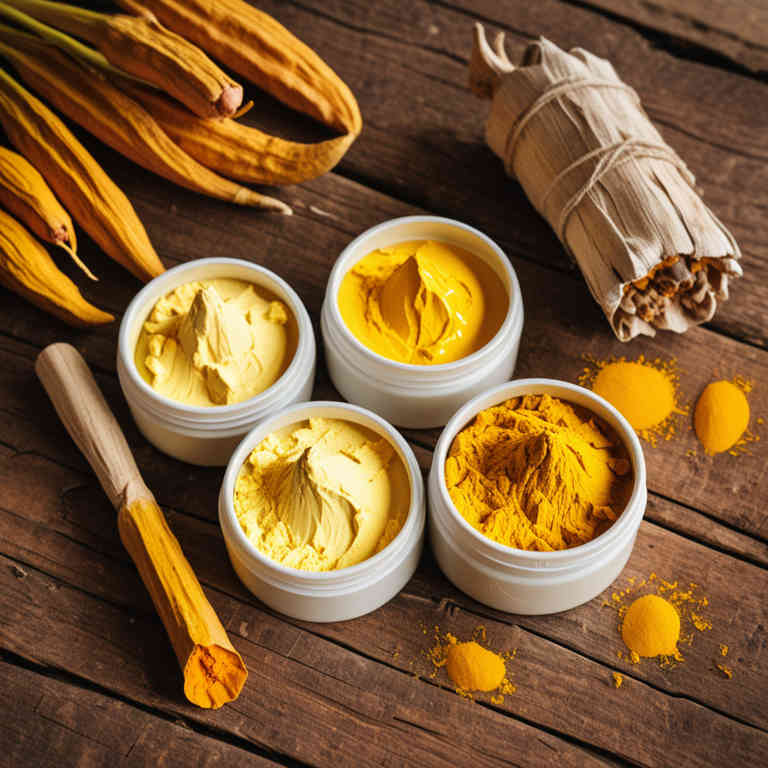
Herbal creams for osteoarthritis are topical treatments that incorporate natural ingredients such as turmeric, ginger, and capsaicin, which are known for their anti-inflammatory and pain-relieving properties.
These creams are often preferred by individuals seeking alternative or complementary therapies to conventional medications, as they may offer a gentler approach with fewer side effects. Many herbal creams are designed to be applied directly to the affected joints, providing localized relief without systemic absorption. However, their effectiveness can vary, and it is important to consult a healthcare provider before use, especially if combining them with other treatments.
Despite their popularity, scientific evidence supporting their efficacy is limited, and they should not replace prescribed medical treatments without professional guidance.
FREE Herb Drying Checklist
How to make sure every batch retains maximum flavor, color, and aroma without the risk of mold or over-drying. Eliminate guesswork and trial-and-error, making herb drying faster, easier, and more efficient every time.
Table of Contents
1. Zingiber officinale
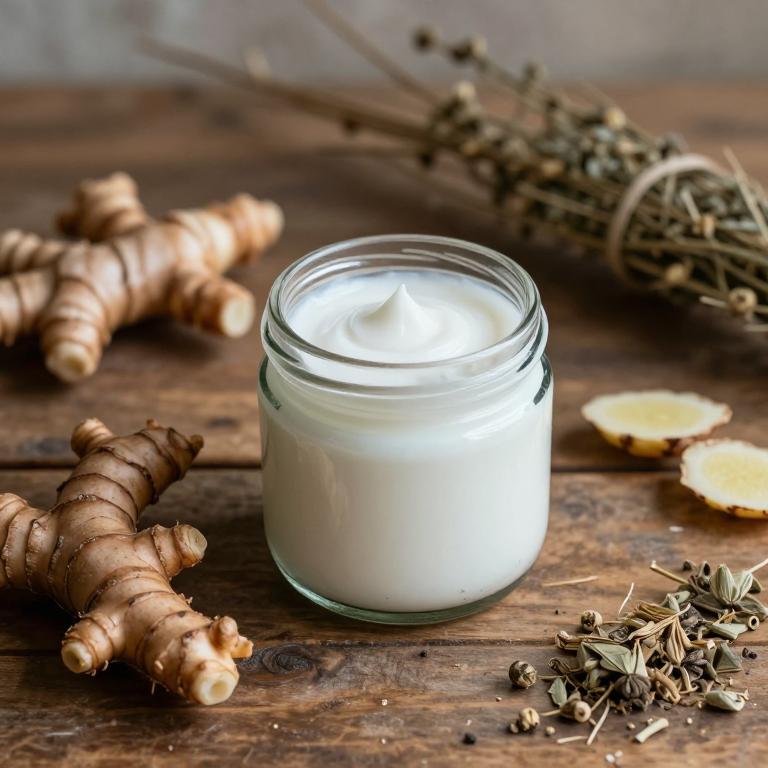
Zingiber officinale, commonly known as ginger, has been traditionally used for its anti-inflammatory and analgesic properties, making it a popular ingredient in herbal creams for osteoarthritis.
These creams often combine ginger extract with other natural ingredients like turmeric or capsaicin to enhance their therapeutic effects. Studies suggest that the active compounds in ginger, such as gingerol and shogaol, may help reduce joint pain and improve mobility in individuals with osteoarthritis. When applied topically, ginger-based creams can provide localized relief without the systemic side effects associated with oral pain medications.
However, it is advisable to consult a healthcare professional before using these creams, especially for those with sensitive skin or existing medical conditions.
2. Curcuma longa
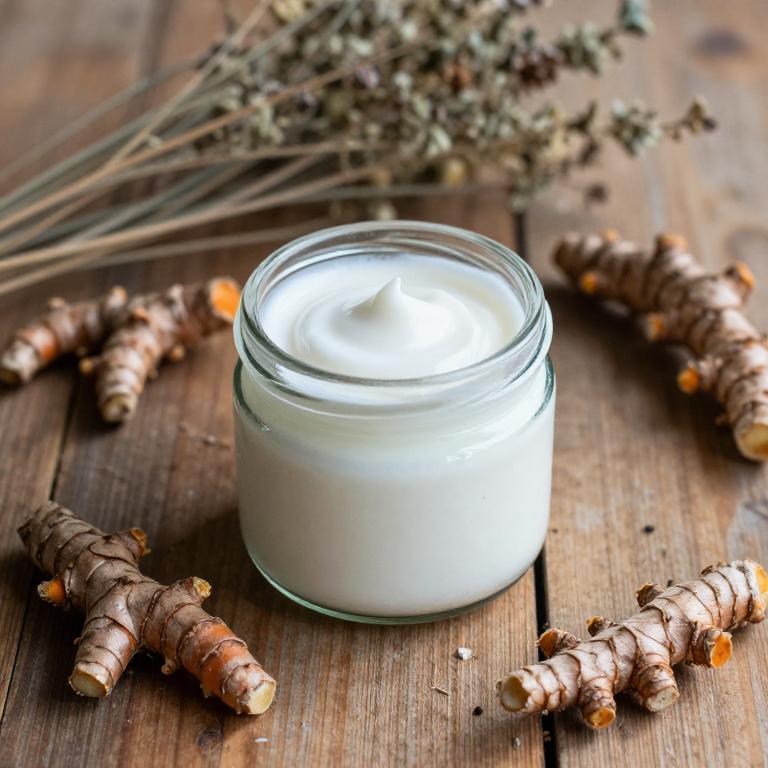
Curcuma longa, commonly known as turmeric, contains curcumin, a bioactive compound with potent anti-inflammatory and antioxidant properties.
Herbal creams infused with curcumin have gained popularity as a natural remedy for osteoarthritis due to their ability to reduce joint inflammation and pain. These topical treatments offer a non-invasive alternative to conventional pharmaceuticals, often with fewer side effects. Studies suggest that curcumin may help slow the progression of cartilage degradation associated with osteoarthritis.
However, the effectiveness of these creams can vary, and it is advisable to consult a healthcare professional before use to ensure they are suitable for individual conditions.
3. Salvia officinalis
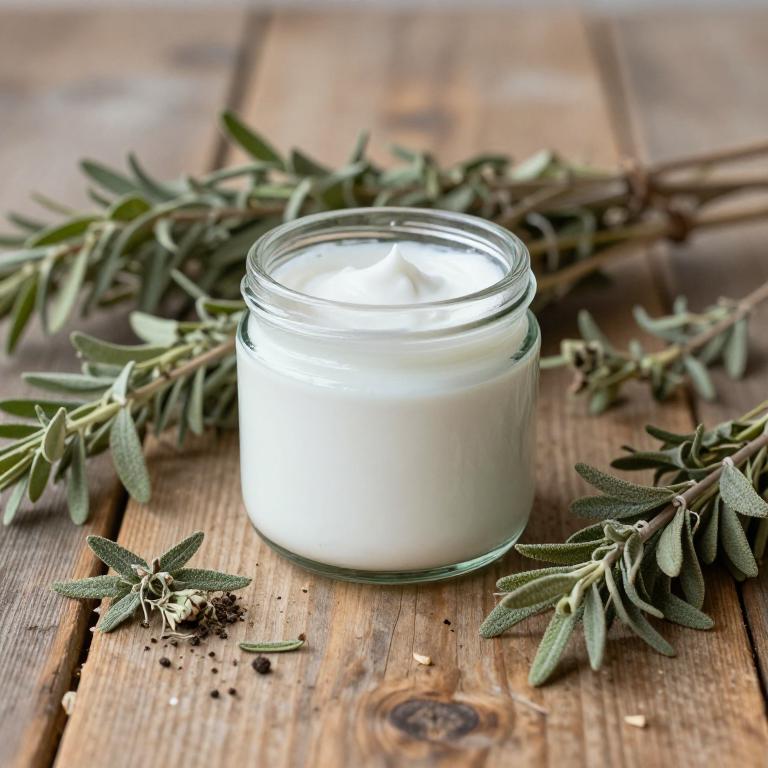
Salvia officinalis, commonly known as sage, has been traditionally used for its anti-inflammatory and analgesic properties, making it a popular ingredient in herbal creams for osteoarthritis.
These creams often combine sage extract with other natural components like camphor, menthol, or essential oils to enhance their therapeutic effects. Studies suggest that the active compounds in sage, such as rosmarinic acid and flavonoids, may help reduce joint inflammation and pain associated with osteoarthritis. When applied topically, these creams can provide localized relief without the systemic side effects of oral medications.
However, individuals should consult with a healthcare provider before using sage-based products, especially if they have allergies or are taking other medications.
4. Vitis vinifera

Vitis vinifera, commonly known as the common grapevine, has been traditionally used in herbal medicine for its potential anti-inflammatory and antioxidant properties.
Herbal creams derived from Vitis vinifera, often containing extracts from the leaves or berries, are being explored as natural alternatives for managing symptoms of osteoarthritis. These creams may help reduce joint pain and stiffness by promoting tissue repair and decreasing oxidative stress in affected areas. Preliminary studies suggest that the polyphenols in Vitis vinifera may inhibit inflammatory pathways associated with arthritis.
However, more clinical research is needed to fully establish their efficacy and safety in long-term treatment for osteoarthritis.
5. Equisetum arvense
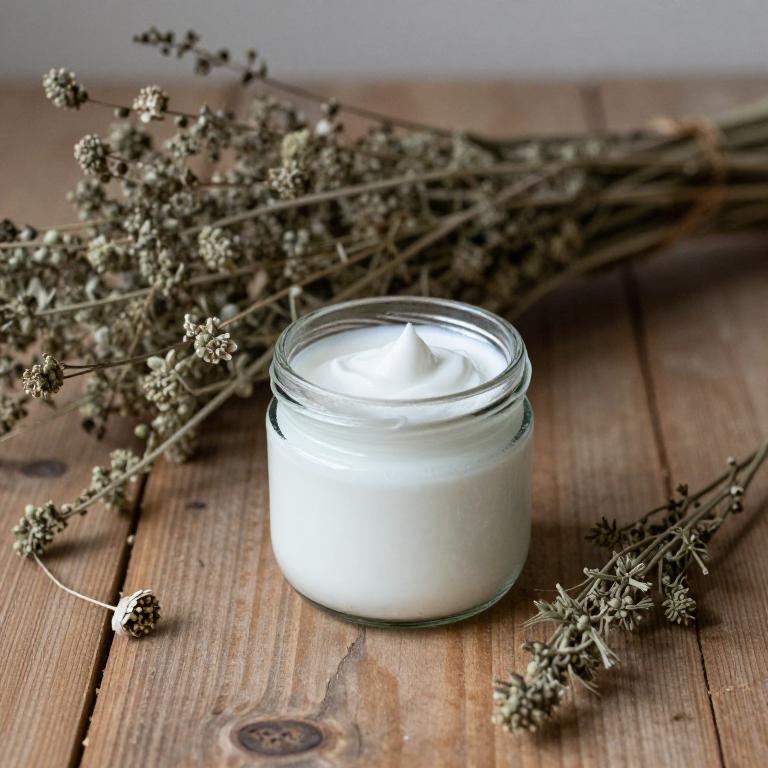
Equisetum arvense, commonly known as field horsetail, is a herb rich in silica and other bioactive compounds, which have been traditionally used for their healing properties.
Herbal creams containing Equisetum arvense are often formulated to support joint health and alleviate symptoms of osteoarthritis due to their anti-inflammatory and tissue-repairing effects. These creams may help reduce pain and stiffness by improving the integrity of cartilage and promoting the regeneration of joint tissues. The application of such creams can provide a natural alternative for individuals seeking relief from osteoarthritis without the side effects associated with synthetic medications.
However, it is advisable to consult a healthcare professional before using these products, especially if you have existing health conditions or are taking other medications.
6. Hypericum perforatum
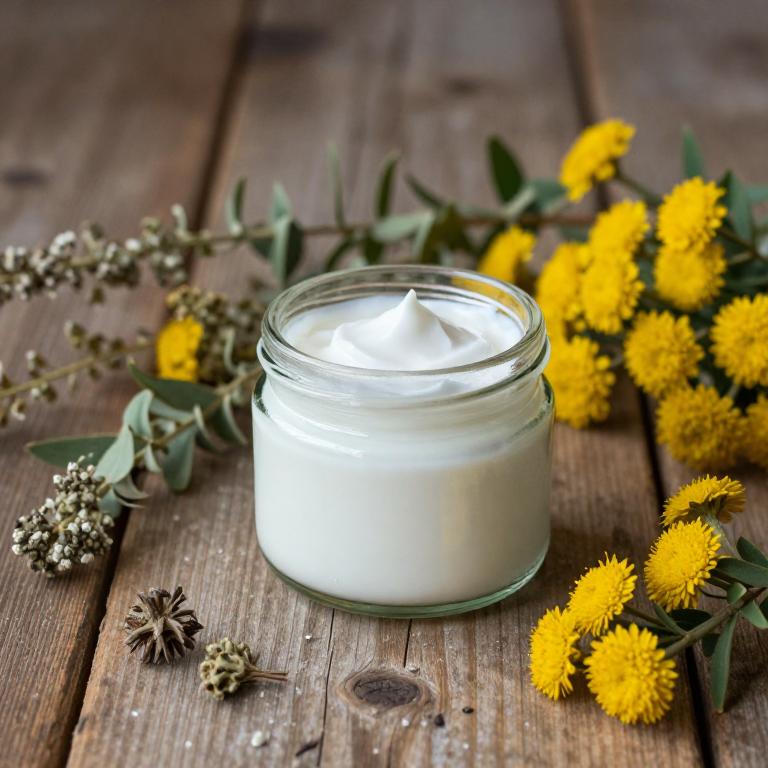
Hypericum perforatum, commonly known as St. John's Wort, is a herbal plant that has been traditionally used for its potential therapeutic effects.
While it is well-known for its use in treating mild to moderate depression, recent research has also explored its role in managing osteoarthritis symptoms. Hypericum perforatum herbal creams typically contain extracts of the plant's flowers and may have anti-inflammatory and analgesic properties that can help reduce pain and inflammation in affected joints. These topical formulations are often used as an alternative or complementary therapy to conventional treatments for osteoarthritis.
However, it is important to consult a healthcare provider before using these creams, as they may interact with other medications or have side effects.
7. Rosa canina
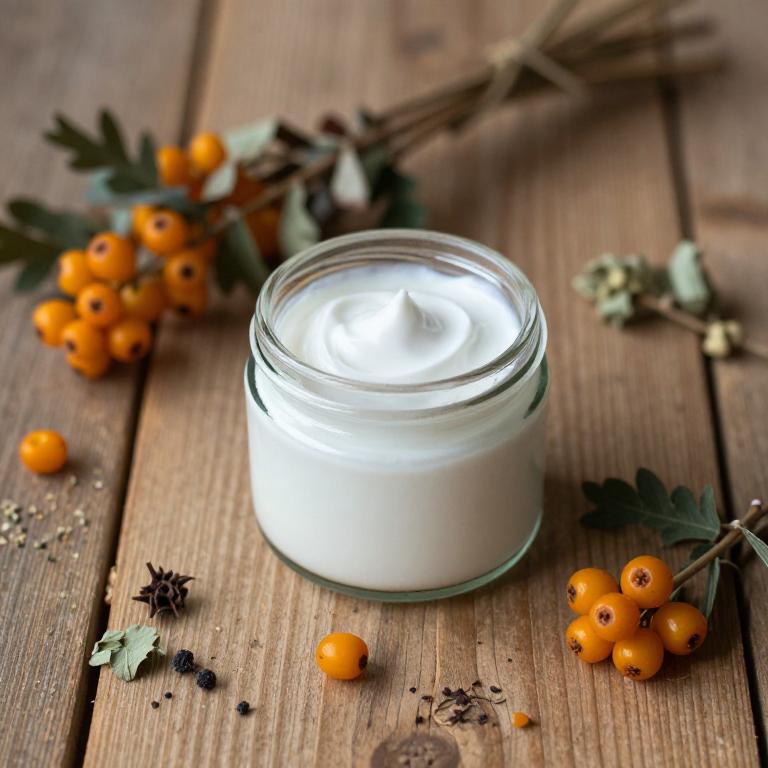
Rosa canina, commonly known as rosehip, has been widely used in herbal medicine for its anti-inflammatory and antioxidant properties.
Rosa canina herbal creams are formulated with extracts from the seeds and hips of the rose plant, which are rich in essential fatty acids, vitamins, and bioactive compounds. These creams are often used to alleviate the symptoms of osteoarthritis by reducing joint pain, stiffness, and inflammation. Clinical studies suggest that regular application of rosehip-based topical treatments may improve joint mobility and promote tissue repair.
Due to their natural composition and minimal side effects, rosa canina creams are a popular complementary therapy for managing osteoarthritis.
8. Achillea millefolium
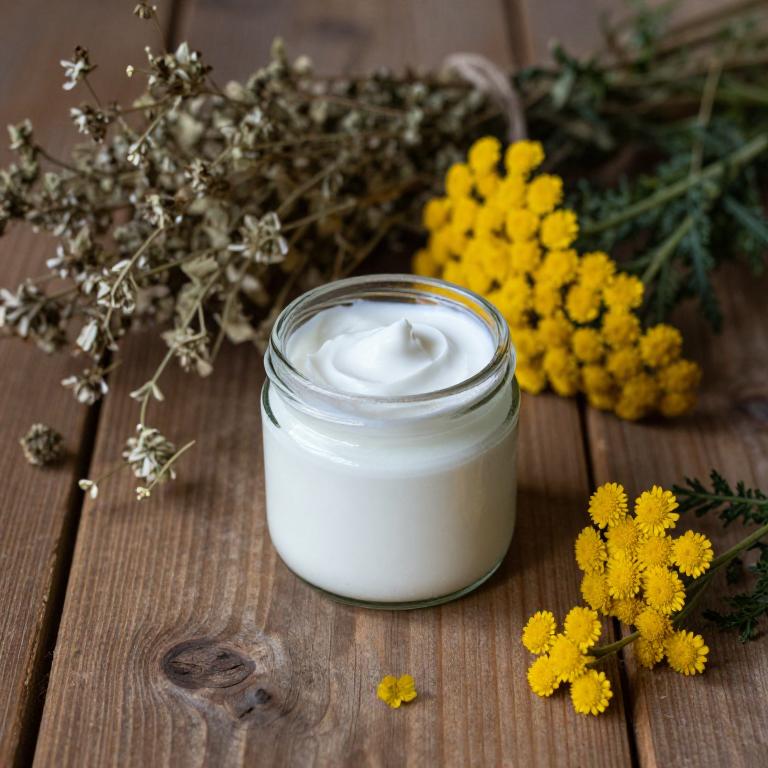
Achillea millefolium, commonly known as yarrow, has been traditionally used in herbal medicine for its anti-inflammatory and pain-relieving properties.
Recent studies suggest that yarrow-based creams may offer relief for individuals suffering from osteoarthritis by reducing joint inflammation and improving mobility. These herbal creams typically contain a combination of yarrow extract, essential oils, and other natural ingredients that work synergistically to soothe sore joints. While more clinical research is needed, many users report positive effects, making yarrow creams a popular alternative or complementary treatment.
As with any herbal remedy, it is advisable to consult a healthcare professional before use, especially for those with existing medical conditions or taking other medications.
9. Silybum marianum

Silybum marianum, commonly known as milk thistle, is a herbal remedy that has been explored for its potential benefits in managing osteoarthritis.
While primarily known for its liver-protecting properties, some studies suggest that the active compound silymarin may possess anti-inflammatory and antioxidant effects that could help reduce joint inflammation and pain. Herbal creams containing silybum marianum are marketed as natural alternatives to conventional treatments, offering a gentler approach for individuals seeking holistic care. However, more clinical research is needed to confirm their efficacy and safety for osteoarthritis specifically.
As with any supplement or topical treatment, it is advisable to consult a healthcare professional before use.
10. Capsicum annuum
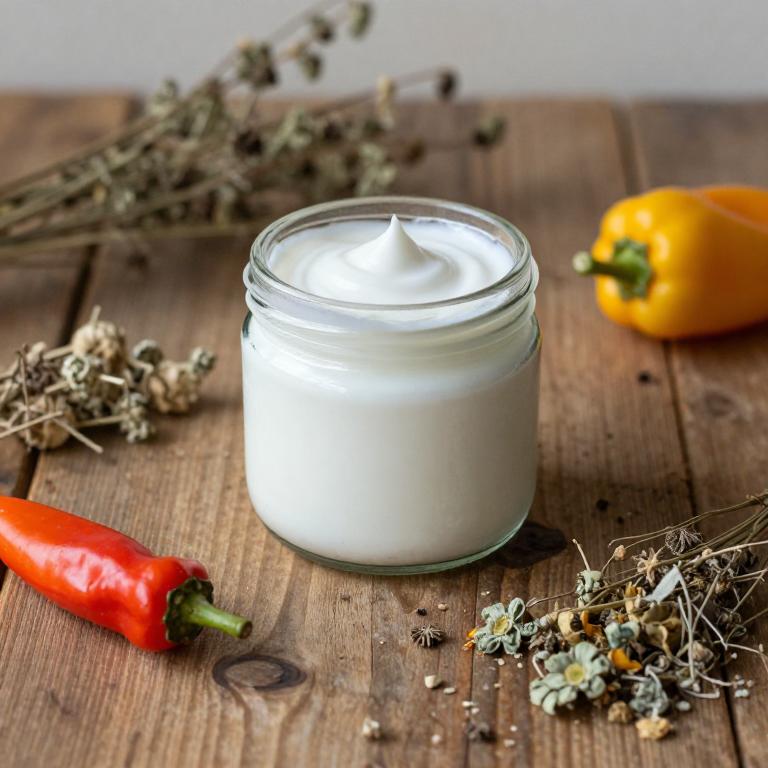
Capsicum annuum, commonly known as chili pepper, contains capsaicin, which has been utilized in herbal creams for the management of osteoarthritis.
These creams work by reducing pain through the depletion of substance P, a neurotransmitter involved in transmitting pain signals. Clinical studies have shown that topical application of capsaicin can provide significant relief for joint pain and inflammation associated with osteoarthritis. However, some individuals may experience a burning sensation upon application, which typically subsides with continued use.
Despite its benefits, capsaicin-based creams should be used with caution, especially for those with sensitive skin or open wounds.